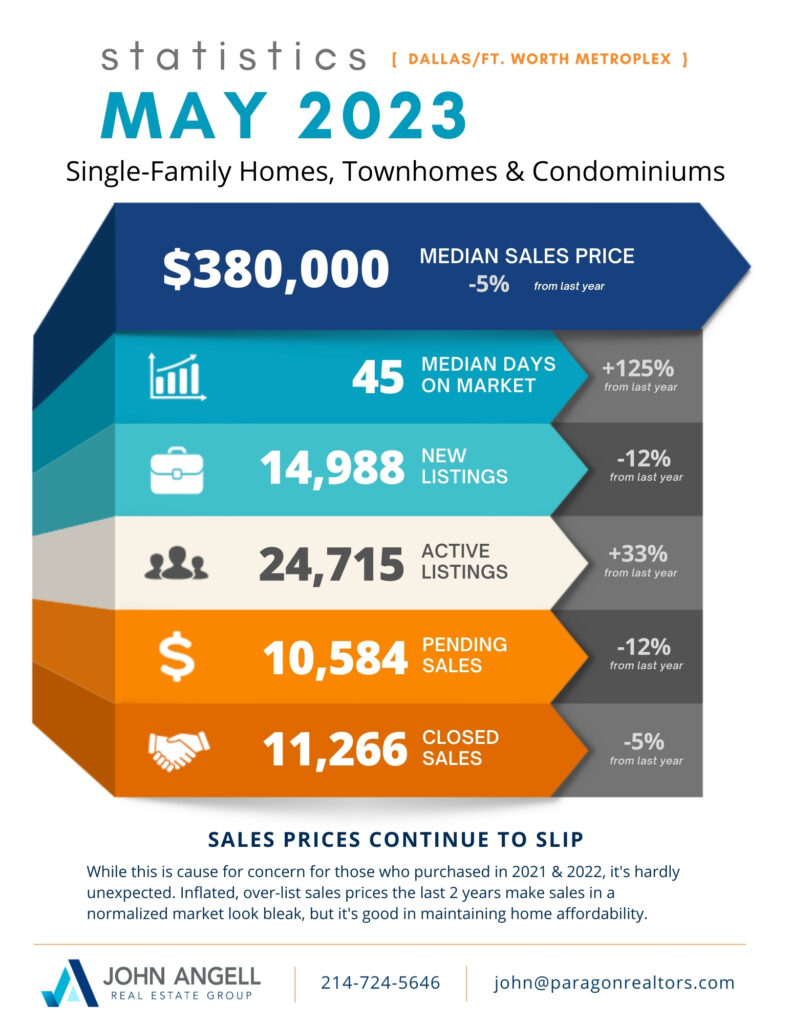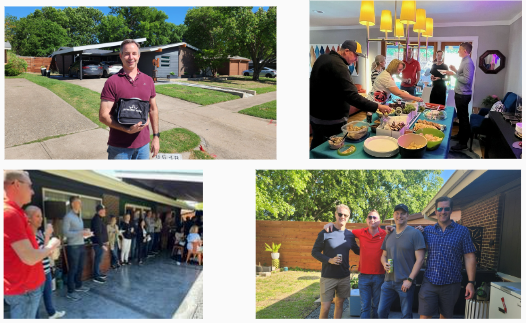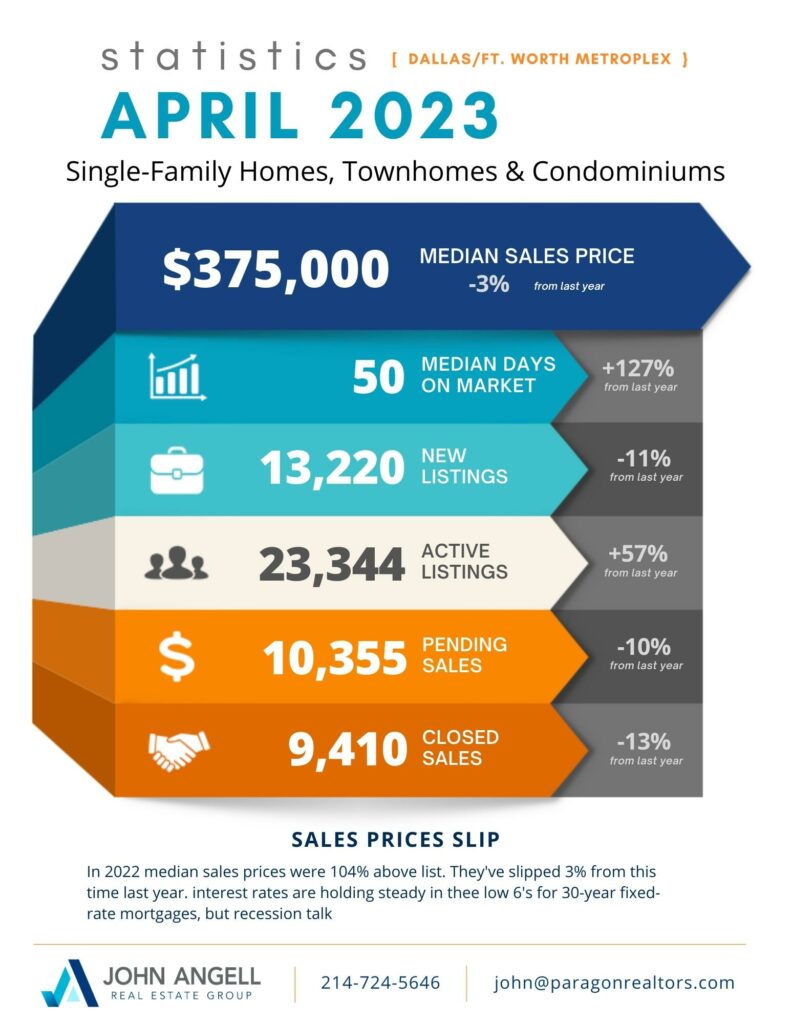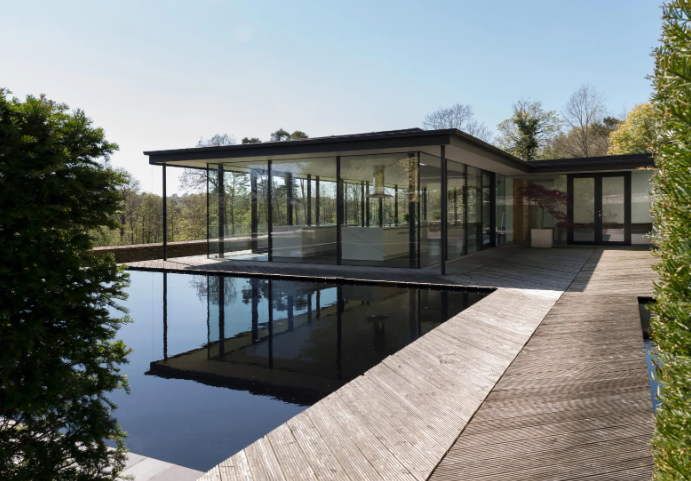
Every now and then something good comes from a governing body.
Last week, 3 bills were sent to Governor Abbott’s desk for his signatures, amounting to the greatest property tax cut in Texas history… which is really nice because Texas has had one of the most punitive property taxes (7th highest) in the United States.
Going into effect beginning during the 2024 tax period, The premier item is the expansion of the state’s homestead exemption from $40,000 to $100,000, which will save taxpayers an average of $1,300/year. In addition, there are cuts for seniors and property owners with disabilities, a 20% appraisal cap for non-homesteaded properties, and a reduction in the maintenance and operations tax rate. In total, this is a tax cut of $18 billion. Fortunately, last year the State of Texas enjoyed a gargantuan $32.7 billion tax surplus, so don’t worry, the state government is still eeking by. Also, schools will not receive any diminished funding. A raise for teachers didn’t make into the bill, although Governor Abbott has said he’ll call a special session to address that.
I always like to include a graph on Vague Specifics. Some might suggest I do this because I run out of things to type, others that I might consider visual images showing trends over time helpful to you… perhaps the truth lies somewhere in between… Regardless. below is a graph representing sales prices compared to original list prices.

Following the unpleasantries of Great Recession, the DFW market returned to normalcy at the end of 2012. For the next 7 years, prices relative to original list followed a pretty predictable wave pattern cresting in late spring and troughing in the winter. Then came the crazy market of 2020-2022 (technical term), bringing sales prices WAY over original list and resulting in a trough in late 2022 that resembled 2012. What will 2023 look like when all’s said and done? I don’t know, probably something resembling 2014, which was a pretty good year. Interest rates will be dropping towards the fall, paving the way for buyers who just couldn’t justify the monthly payments, we’re just not sure to what extent.










